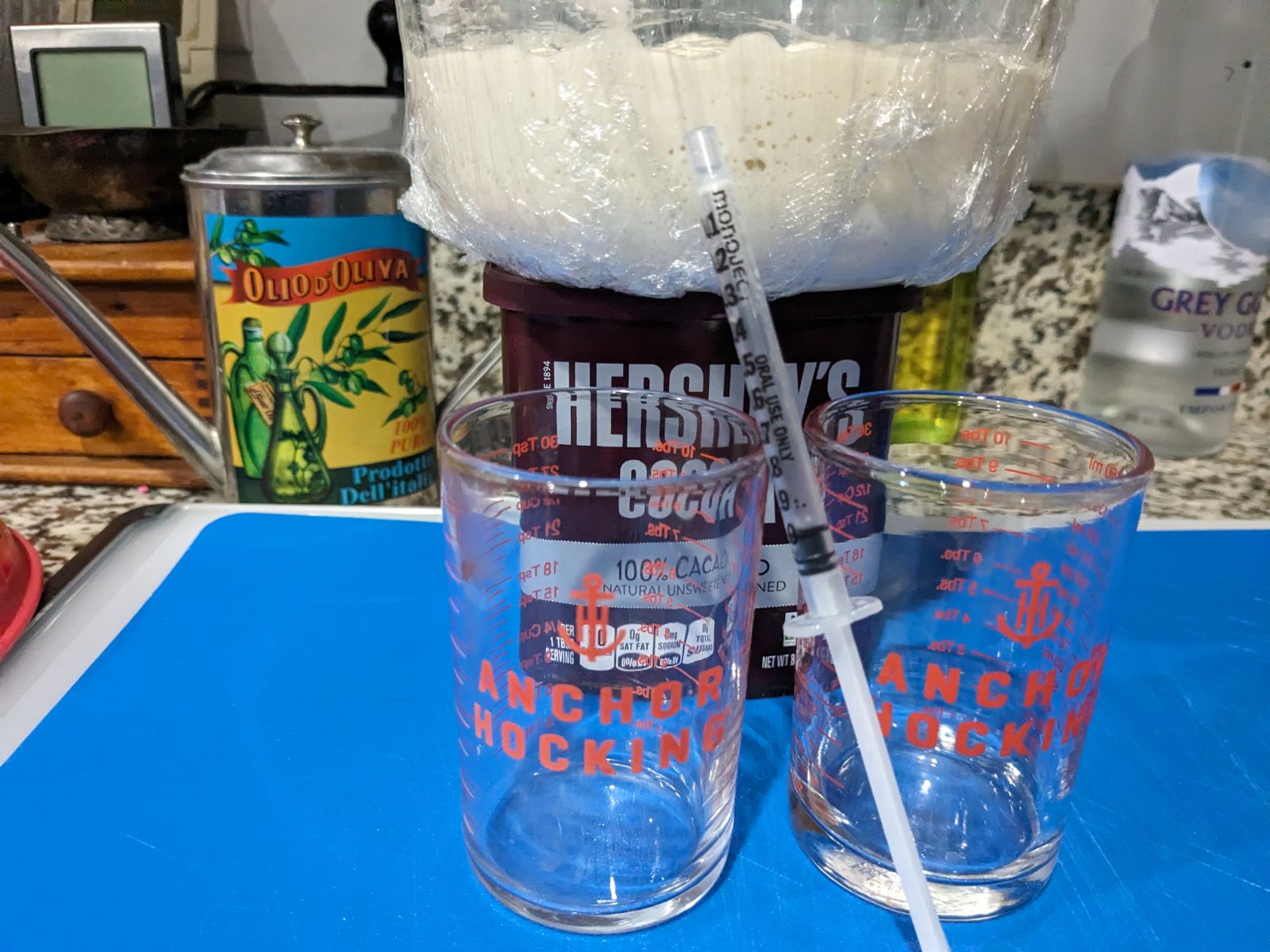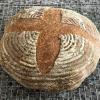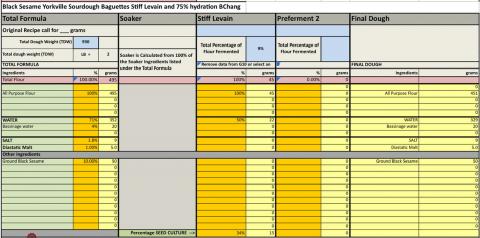
Gaging bulk fermentation/ dough strength continued. The aliquot method.
Advanced sourdough baking techniques.
Until now I haven't had the inclination to move from the "grandma method" to more precise and advanced techniques. First let's look at the simple everyday grandma method. Why has this method stood the test of time, and to this day is able to produce excellent results? From my vantage point, consistency is the key. Using the same formula (recipe) under the same conditions day in and day out account for the success.
Before I delve into the advantages of the more scientific aliquot method. I want to learn exactly what the "aliquot method" is. My extensive research (eye roll) trace the invention of the aliquot method Kristen of Full proof baking. The tutorial on the implementation, and use of the method come from a post at Breadtopia authored by our own Benny. Benny's background in scientific methods and meticulous attention to detail are evidence by his consistency in results. Who better to learn from but the best?
What is an aliquot anyway?
The simple definition, appropriate for this discussion is:
Aliquot - a portion of a larger whole taken as a sample.
What are the advantages of using an aliquot sample to judge bulk fermentation (% rise) and even the final proof if so desired?
Precisely measuring the aliquot sample using a graduated vessel and a digital scale allow us to gage the % volume increase with great accuracy and ease. Having this very important information at our fingertips enable us to make small changes in timing or temperature to achieve greater control on the finished product.
What are some of the limitations of using the aliquot jar method?
A. The small sample will change temperature according to ambient room temperature much faster than the larger mass of the whole.
B. Higher hydration doughs are better suited to produce accurate results.
For today's hands-on laboratory exercise I will be using the same 100% AP flour 72% hydration sourdough formula that I see used in part one of gaging bulk fermentation section.
Aim:
1. To gain prophecy in the use of the aliquot jar method
2. To examine and understand the effects of more or less % volume increase
3. To use the precise % volume increase information to manipulate the consistency of the final product in a consistent and replicable manor.




















